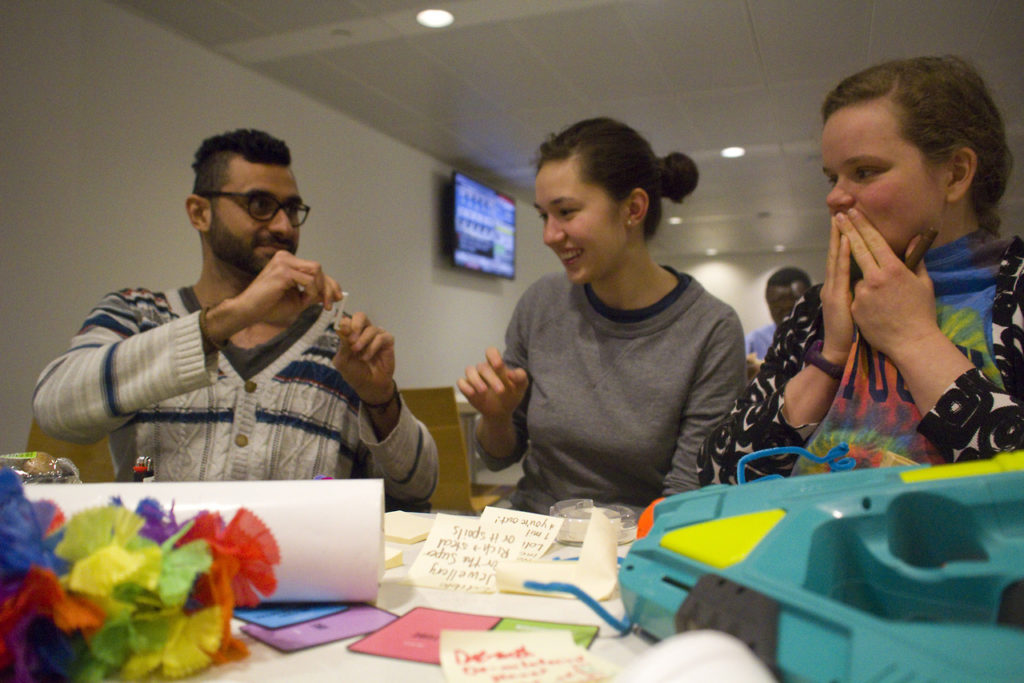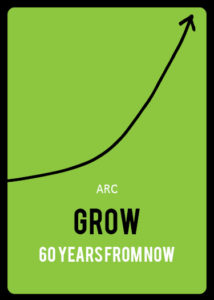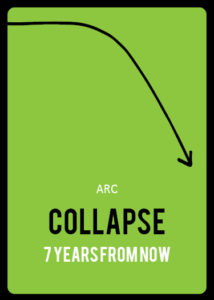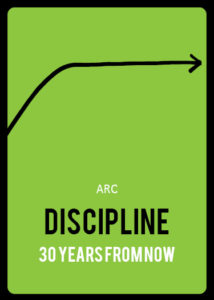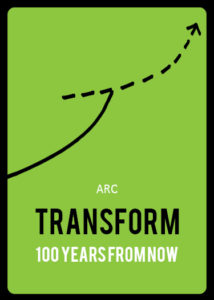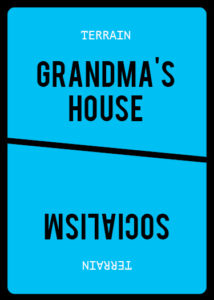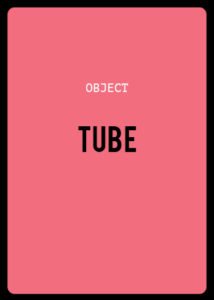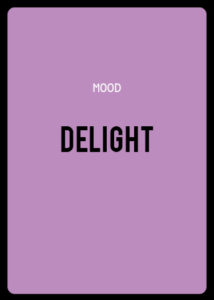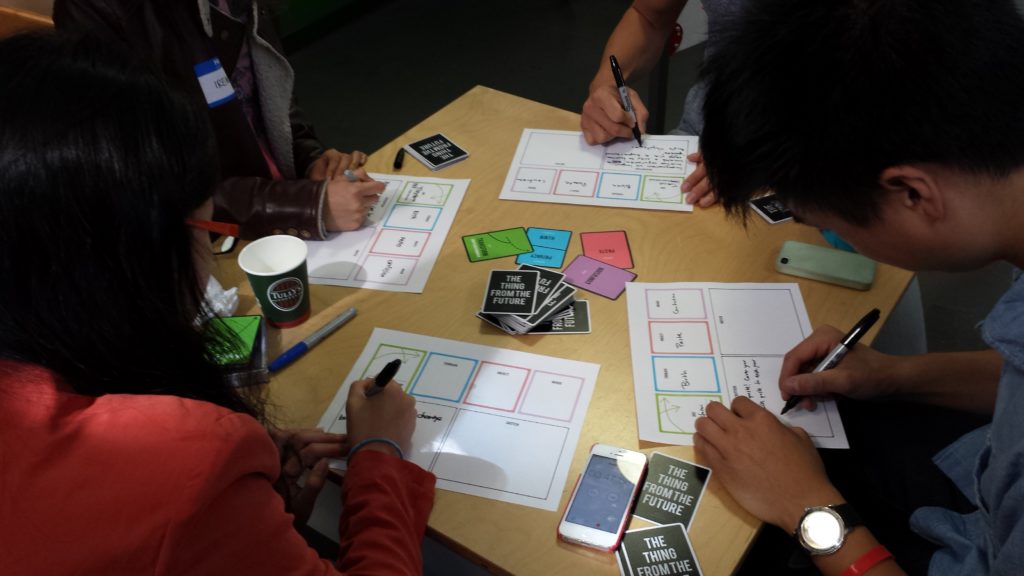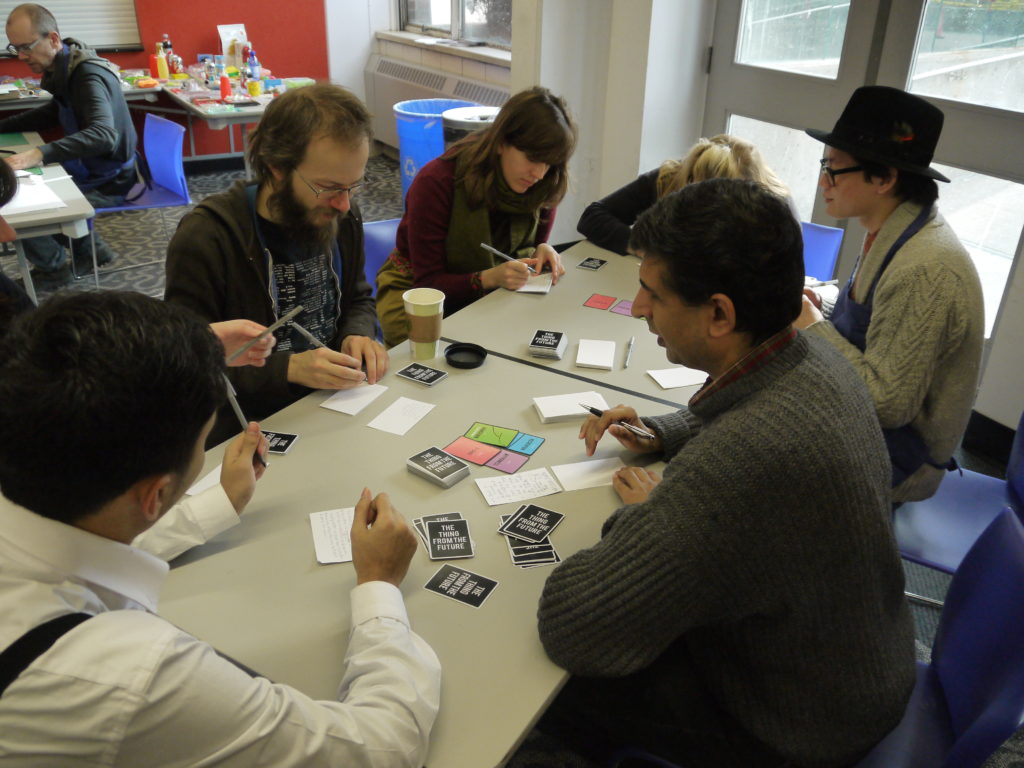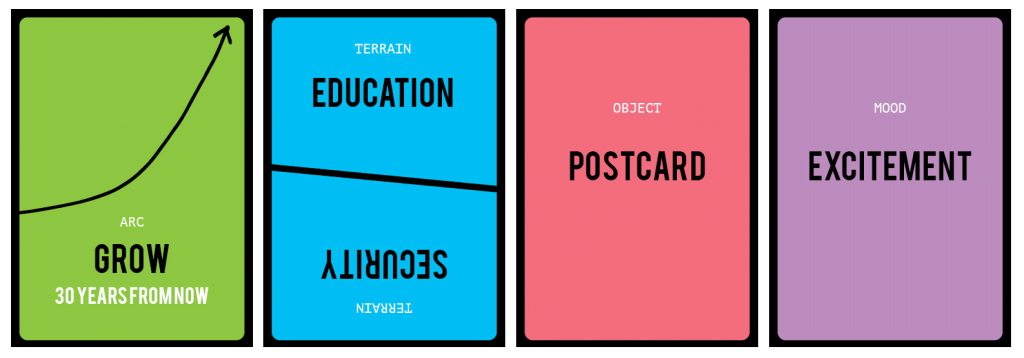Project Description
The Thing From The Future is an award-winning imagination game that challenges players to collaboratively and competitively describe objects from a range of alternative futures.
GAMEPLAY OVERVIEW
The object of the game is to come up with the most entertaining and thought-provoking descriptions of hypothetical objects from different near-, medium-, and long-term futures. Each round, players collectively generate a creative prompt by playing a card game. This prompt outlines the kind of future that the thing-to-be-imagined comes from, specifies what part of society or culture it belongs to, describes the type of object that it is, and suggests an emotional reaction that it might spark in an observer from the present. Players must then each write a short description of an object that fits the constraints of the prompt. These descriptions are then read aloud (without attribution), and players vote on which description they find the most interesting, provocative, or funny. The winner of each round keeps the cards put into play for that round, and whoever has the most cards when the game ends is declared the overall winner.
MATERIALS
In addition to the deck of 108 game cards, a supply of blank index cards and a pen for each player is required.
NUMBER OF PLAYERS
A single deck of The Thing From The Future cards may be used for play by individuals or by groups of two to six members. For larger gatherings (such as in a classroom or workshop), the game may be played by parallel groups with one deck per group and a central facilitator to orchestrate the timing of each round. Four players is an ideal group size.
THE CARDS
There are four types of cards in The Thing From The Future: Arc, Terrain, Object, and Mood. Each round, players will generate a four-card creative prompt containing one of each kind of card. Based on this prompt, players will imagine a thing from the future.
ARC CARDS
ARC cards broadly describe different kinds of possible futures. These cards contain two kinds of information. The main (top) text of each Arc card specifies one of four generic images of alternative futures for players to imagine: Grow, Collapse, Discipline, or Transform.*
Grow is a kind of future in which everything and everyone keeps climbing: population, production, consumption…
Collapse is a kind of future in which life as we know it has fallen – or is falling – apart.
Discipline is a kind of future in which things are carefully managed by concerted coordination, perhaps top-down or perhaps collaboratively.
Transform is a kind of future in which a profound historical transition has occurred, whether spiritual or technological in nature.
The Arc card does not denote a specific future scenario; rather, it indicates a broad trajectory or category of scenario — a “plot type” rather than a particular narrative. Countless scenarios might be imagined as playing out under each of these generic umbrellas.
The bottom text on each Arc card describes the “time horizon” — the distance into the future that players must project their imaginations. In the standard The Thing From The Future deck, time horizons can be anywhere from seven to 1000 years out.
The deck also includes several ARC WILDCARDS. A player laying down an Arc Wildcard must choose the arc of the future in question (grow, collapse, discipline or transform) and the time horizon. This may be noted on an index card and placed in play with the rest of the prompt.
* This aspect of the game design owes a debt to the work of Professor Jim Dator on “generic images of the future” at the Hawaii Research Center for Futures Studies.
TERRAIN CARDS
TERRAIN cards describe contexts, places, and topic areas. In a completed prompt, the terrain card describes where – physically or conceptually – the thing from the future might be found. Two terrains appear on each card in order to provide richer possibilities for the deck.
OBJECT CARDS
OBJECT cards describe the basic form of the thing from the future.
MOOD CARDS
MOOD cards describe emotions that the thing from the future might evoke in an observer from the present.
RULES OF THE GAME
SETUP
Gather game cards, blank index cards, and pens. Shuffle the cards and deal out 12 to each player. Set the deck aside. Before the first card is played, the dealer should state how long players will have to generate ideas for this round (usually 2-5 minutes). If players are new to the game, the dealer may wish to allow slightly more time for the first round or two.
THE ROUND
Starting with the player to the left of the dealer, each player must play a card from their hand by placing it face-up in the middle of the table. Players may choose to play any card of a colour different from those already in play. Terrain cards each offer two options, and the applicable terrain for a given round is chosen by the person playing that card. (The alternative terrain is not used in that round.) Replace each card played with a fresh card drawn from the deck. In groups of two or three, continue taking turns until a complete prompt is in play. In groups of more than four, every subsequent player gets to take a turn by replacing any card already in play with another of the same colour.
Once the prompt is complete and every player has had a turn, the dealer starts the timer. On one side of an index card, each player must write a brief description of a thing from the future inspired by the four cards in the prompt.
When the time is up, the dealer collects index cards from the players and reads them aloud without attribution.
Players vote on the Thing that is most evocative, and the player who created the winning Thing receives the cards currently in play as a reward. These cards are now out of play and should be held by their owner until the end of the game.
Start the next round by rotating the dealer role to the left.
EXAMPLE PROMPT
- Arc = “Grow, 30 years from now”
- Terrain = Education
- Object = Postcard
- Mood = Excitement
This prompt asks players to come up with ideas for a postcard from 30 years in the future, in a world where continued growth is the defining characteristic. The postcard should somehow reflect the Terrain (theme, context) of Education, and the Mood that the object might evoke in an observer should be one of excitement.
ENDING THE GAME
Once players have exhausted the deck or otherwise decided to call it quits, the game is over. Everyone wins (but the player with the most cards wins even more).
SHARE YOUR IDEAS
Share photos of #FutureThing prompts and tweets of your favourite things from the future with @sitlab and other players! You might also use them as a basis for longer stories or tangible artifacts (as we have for Futurematic*).
Do feel free to get in touch with us at play@situationlab.org to share stories about how you have used the game and modified the rules, or if you are interested in running an event using The Thing From The Future. As you might imagine – we’re always keen to explore generative new possibilities!
Team
Game Design and Implementation by the Situation Lab (Stuart Candy & Jeff Watson).
Thanks
Special thanks to all those who gamely playtested and provided feedback on The Thing From The Future prototype (February 2014), and also to those whose contributions helped make the revised edition (October 2014) even better.
Getting a Deck
The revised edition of The Thing From The Future, containing over 3.7 million possible creative prompts (excluding Wildcards), is now available via direct order from the Situation Lab currently sold out (more availability coming soon — stay tuned for updates).
* In addition to being a fun party game, The Thing From The Future is the creative engine behind Futurematic, a speculative design jam series jointly held by the Situation Lab and the Extrapolation Factory.

